Rice: A Staple of Asian Cuisines
Rice is an integral part of Asian cuisine and culture. As a staple food for over half of the world’s population, rice cultivation and consumption stretches back thousands of years in Asia. From India to China, Japan to Indonesia, rice is interwoven into the history, economies, and daily lives of billions of Asians.
Across the continent, rice is a versatile ingredient that forms the foundation for a myriad of flavorful dishes. Long-grain jasmine rice is popular in Southeast Asian cuisines like Thai and Lao, while short-grain rice is favored in East Asia from Korea to Japan. Basmati rice from India and Pakistan infuses a nutty aroma into biryani dishes and pilafs. Sticky rice is used to make snacks and desserts in both Southeast and East Asia. No matter the variety, rice often shares the spotlight with bold Asian seasonings, herbs, proteins and vegetables.
The prominence of rice in Asian cultures reflects its suitability to the climate, geography and agricultural practices of the region. With abundant rainfall and tropical heat, paddies carved into hillsides and deltas provide ideal conditions to cultivate this water-loving grass. Asian farmers have grown rice for over 8,000 years, with some historians tracing the first domestication of rice to the Yangtze River valley in China. Today, rice agriculture employs over 200 million Asian households and uses over 30% of the continent’s arable land.
From sowing to harvest, rice production is labor-intensive. Most is still done by hand, from nursery preparation to manual transplanting of seedlings into flooded paddies. Water management is critical, with precise irrigation and drainage needed. Asia boasts diverse terrains for cultivating many types of rice – upland varieties on dry fields, deep water rice in seasonal floodplains, aromatic basmati rice at the foothills of the Himalayas. Local rice varieties are treasured for their unique flavors, textures and cooking properties.
With rice so embedded in the landscape, it shapes food culture and dietary patterns across Asia. An average Asian person consumes over 100 kilograms of rice annually. The daily diet in many countries revolves around rice and rice-based dishes like congee or biryani. Rice also holds cultural and religious significance as offerings to deities, decorations at weddings, or food for special occasions. No celebration or festival in Asia is complete without this auspicious grain.
The cultural significance of rice in Asian cuisine is profound. Over millennia, Asian societies have relied on the sustenance of rice crops. With innovative farming methods and an ever-growing demand for this staple food, rice will continue to feed and nourish Asia for generations to come.
The Prominence of Rice in Asian Cultures
Rice is more than just a staple food across Asia – it holds deep cultural, spiritual, and economic significance. Asian cultures have centered around rice cultivation and consumption for thousands of years. Even as societies modernize, rice remains an integral part of identity and tradition.
The prominence of rice in Asian cultures cannot be overstated. Rice is intrinsically tied to creation myths, religious ceremonies, language and art across the continent. It permeates both everyday life and special occasions. From birth to death, rice marks major milestones.
In many parts of Asia, newborns are fed a few grains of rice along with their mother’s milk – symbolically welcoming them into a rice-eating community. Likewise, rice features prominently in last rites and burial rituals, sending the deceased off with provisions for the afterlife.
Between these bookends of life, rice plays a momentous role in coming-of-age events. In Tamil Brahmin weddings, puffed rice is offered to the ceremonial fire during the marriage ritual. The popping sounds represent fertility and prosperity for the new couple as they embark on married life. In China, it is customary for newlyweds to share a bowl of sweet rice wine on their wedding night.
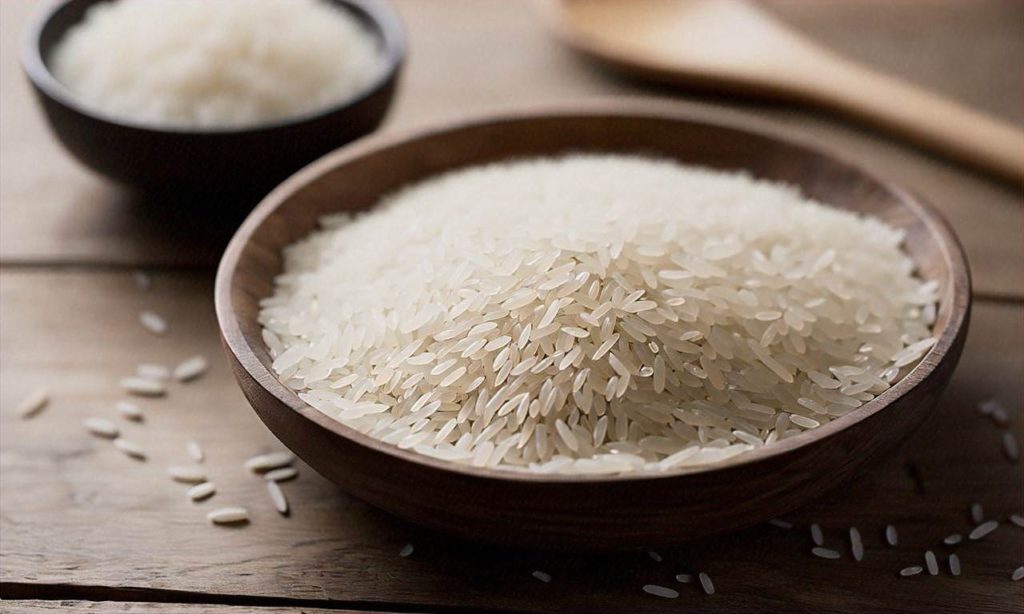
Beyond ceremonies, rice has left an indelible cultural imprint across Asia. Countless fables and myths reinforce its importance. Indonesian folklore describes rice as a gift from the gods that enabled civilization to flourish. Asian poetry and songs eulogize the pastoral beauty of lush green rice paddies. Divine rice goddesses are revered in Thailand, Bali and the Philippines. Steam wafting off a fresh pot of rice evokes nostalgia and comfort for Asians everywhere.
Given rice’s ability to sustain life, it is also synonymous with food security. Asian languages are peppered with rice-based idioms like “eating rice from the same pot” to convey trust and interdependence. The Vietnamese new year greeting “Cơm no độn bụng” wishes for full bellies in the coming year. These sayings reflect rice’s enduring ability to nourish communities.
Beyond food, rice provides raw material for clothing, shelter, alcohol and ornamental arts spanning Asia. Bamboo, timber, vines and grasses from paddy ecosystems have countless uses. Rice paper, straw hats and mats are common cultural handicrafts. Fermented rice makes wines and vinegars integral to Asian cuisines. In festivals from India to the Philippines, colorful rice powder patterns (kolams, mandalas) symbolize luck and welcome guests.
In rural villages across Asia, the rhythms of rice agriculture govern daily life to this day. Work songs lighten the burden of manual labor in the fields. Community cooperation ensures reliable harvests that support every family. Though modernization threatens some traditions, cultural customs and religious ceremonies help safeguard ancient practices. They underscore rice’s enduring prominence in Asian identity.
Rice Cultivation Practices Across Asia
Rice is cultivated across Asia using a variety of farming practices adapted to local climates and conditions. Rice is a staple crop in most Asian cuisines, holding deep cultural significance as a versatile ingredient central to many dishes. Understanding the cultivation of this quintessential Asian staple provides insight into agricultural traditions across the continent.
In tropical regions of Southeast Asia, like Thailand, Vietnam, and Indonesia, rice is often grown in flooded paddies on flat land, allowing farmers to control water levels. Rice is planted using the transplanting method, sprouting seedlings in nurseries before manually moving them to paddies. Water buffalo are sometimes used to plow fields. Multiple crops per year are possible in warm climates. Asian water buffalo play an integral role in preparing the flooded rice paddies.
In temperate countries like China, rice farming relies on irrigation systems like reservoirs, dams, and water diversion projects to flood paddies. Terraced slopes carved into hillsides also hold water for cultivating rice. Mechanized equipment like tractors and rice transplanters are more common in large Chinese operations. High-yield varieties of rice are popular. The cultural significance of rice in China spans thousands of years.
India grows many traditional, aromatic rice varieties suited to its climate. Rice farming employs over 50 million people in India. Manual labor using hand tools like sickles and shovels is still common for small subsistence farmers. Larger commercial operations use mechanical harvesters and milling equipment. Specific Indian methods like the System of Rice Intensification (SRI) optimize yields. Unique customs are associated with rice agriculture among different ethnic groups.
In Japan, smaller-grain types of rice are favored for flavor and texture. Japanese farmers meticulously manage fields and target premium niche markets. Techniques like staggered planting produce super-fresh “new harvest” rice. Unique varieties cultivated for centuries hold cultural importance as staples in Japanese cuisine. The prominence of rice in Asian cultures and diets spans rice cultivation methods, unique varieties, and preparation techniques.
Korea has a long history cultivating rice in terraced plots and paddies. One Korean farming technique uses raised beds planted with rice seedlings. Water is later added to flood beds. Traditional and modern practices co-exist, with some farms using cattle while larger operations use machinery. Harvested rice straw is used as livestock feed or bedding and to produce fiber products.
Across South and Southeast Asia, rice is inextricably linked cultural traditions, religious festivals, economics, and cuisine. Understanding the cultivation of this staple across Asia provides insight into both historical and modern farming practices shaped by climate, terrain, scale, and culture. Rice holds an integral place in Asian agriculture, economies and food culture. The cultural significance of rice’s prominence across Asian diets and cuisines is visible through the crop’s cultivation across the continent using methods both ancient and modern.
Rice as an Integral Part of Asian Diets
Rice is truly an integral part of Asian diets. As a staple food for over half of the world’s population, rice provides up to 50% of the daily calories for billions of Asians. The prominence and ubiquity of rice across Asia demonstrates its cultural significance and irreplaceable contribution to the Asian palate.
Asian cultures have centered their cuisines and food traditions around rice for centuries. Plain steamed rice often serves as the foundation of an Asian meal, complemented by flavorful curries, stir-fried vegetables, soups, and other dishes. From the light and fluffy jasmine rice of Thailand to the sticky and chewy mochi rice of Japan, different Asian cultures have developed preferred rice varieties that are ideally suited to local cuisines.
The central role of rice in Asian home cooking cannot be overstated. A bowl of steaming white rice is an iconic image in Asian households. Serving rice is akin to laying the tablecloth – it is the blank canvas that brings the meal together. Rice is also emotionally comforting and often associated with feelings of health, home, and family.
Beyond domestically prepared meals, rice also features prominently in Asian street food and restaurant fare. From Chinese fried rice to Indonesian nasi goreng, leftover rice is transformed into quick, delicious dishes across Asia. Rice noodles and rice paper add gluten-free, rice-based options to dishes like Vietnamese pho, Chinese spring rolls, and more.

Health-wise, rice provides essential calories, carbohydrates, fiber, vitamins, and minerals. Asian cultures recognized these nutritional benefits long before modern science. Asian medicinal traditions like Chinese medicine, Ayurveda, and folk healing have long touted rice as a wholesome, balancing food. Rice congee or jook is the classic Asian comfort food for the elderly, infirm, or those recovering from illness.
With rice farming and cultivation dating back thousands of years, Asian societies perfected rice agriculture very early. Consequently, rice became an efficient, reliable food source that could support large populations in Asia. This afforded the development of sophisticated Asian civilizations centered around rice paddy cultivation. As such, rice emerged as the keystone crop upholding socioeconomic structures across ancient Asia.
To this day, rice maintains huge socioeconomic importance across modern Asian nations. Asian countries like Thailand, Vietnam, and India are among the world’s largest rice producers and exporters. Meanwhile, Indonesia, Philippines, and China are top global rice importers while still devoting huge domestic efforts to rice agriculture. Such rice-based economies employ millions of rural Asians in labor-intensive rice farming.
For these reasons, rice is integral not just to Asian meals but their entire way of life. It feeds families, employs farmers, shapes cuisines, enables traditions, and nourishes civilizations across Asia. After millennia at the heart of Asian culture, rice remains the region’s most culturally significant food.
Rice in Religious Ceremonies and Festivals
Rice plays an integral role in many religious ceremonies and festivals across Asia. As a staple crop that sustains life for billions, rice is deeply intertwined with cultural and spiritual practices.
In Hindu communities, rice holds special meaning. Many Hindu weddings in Asia begin with the ritual of gor dana, where the soon-to-be-married couple throw fistfuls of rice at each other. This symbolizes prosperity and fertility in their upcoming marriage. Rice is also used to make the sweet rice dish kheer which is served at celebrations.
Similarly, rice forms part of many Buddhist ceremonies in countries like Thailand, Japan and China. When a Buddhist monk is ordained, their friends and family will gather to present the monk with daily necessities like rice, symbolizing their support. Temple visitors also bring bags of rice as offerings to the monks. Special rice dumplings called khao tom are made for the Buddhist festival of Magha Puja in Thailand as well.
In Japan, mochi rice cakes are central to New Year celebrations. Pounding steamed glutinous rice into a smooth, stretchy paste to make mochi is a traditional activity families engage in to usher in the new year. Zoni mochi soup with rice cakes floating in broth is also customarily eaten on New Year’s. Visiting temples and shrines during the first days of January, Japanese people will offer mochi to the deities while making their prayers and wishes.
The prominence of rice in Asian cultures and cuisines also manifests in indigenous religions. On the island of Bali in Indonesia, the native religion practitioners make myriad colorful rice dishes as ceremonial offerings to the gods and spirits. Elaborately decorated towers of rice called nasi kuning can be found outside homes and temples, presented to deities such as the rice goddess Dewi Sri.
In the Cham areas of Vietnam, the Cham people organize the annual Kate festival dedicated to the rice goddess Po Ino Nagar. Cham women dress in traditional costumes and bear offerings of fresh rice. The women parade in lines, stopping at temples to perform dances for the goddess. According to Cham belief, these rituals bless the coming rice harvest.
Rice is also integral to ancestor veneration rituals observed across several Asian countries by Confucians, Taoists and ethnic minority groups. Placing fresh rice at family altars to honor deceased relatives can be witnessed from China and Vietnam to the Philippines and Malaysia. Rice symbolizes the continuity of the family bloodline and the presence of generations past.
In parts of India, rice plays a role in coming-of-age rituals. Annaprashan is the Hindu tradition of feeding a baby its first solid food in the form of rice pudding. Many Indian communities also conduct the rice ceremony when a girl reaches puberty. Relatives gift the girl rice and rice-based sweets which signify her fruitfulness.
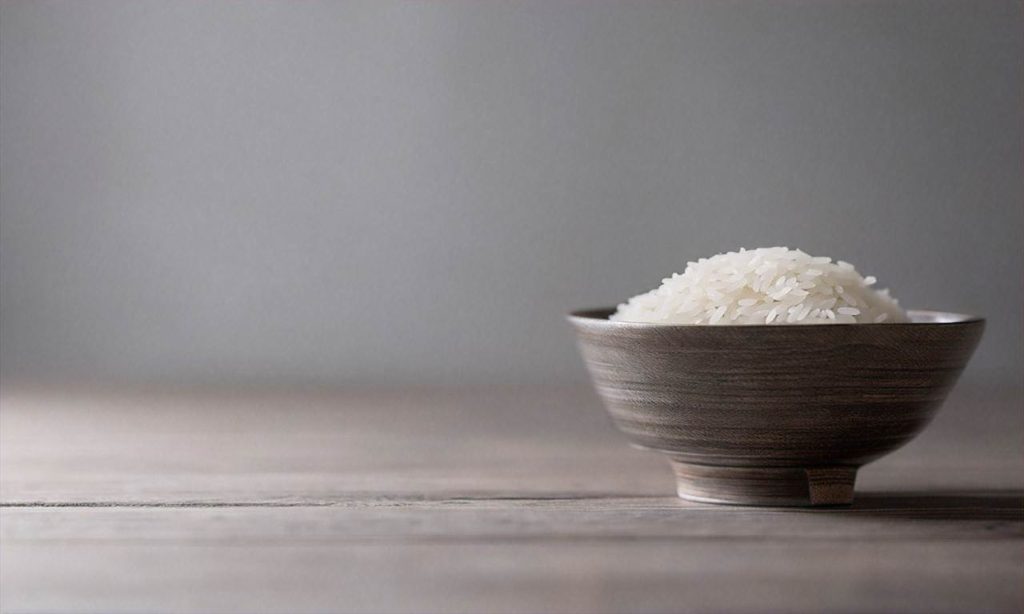
Rice additionally features prominently in Islamic rituals and feasts in Asian Muslim communities. Sweet rice porridge called bubur asyura is eaten during the Islamic remembrance day Ashura. Rice dishes are commonly served when breaking fast during Ramadan as well. Furthermore, throwing rice at newlyweds is a wedding custom practiced by Muslim Malays.
From fertility and coming-of-age rites, to holidays for deities and offerings to the deceased, rice forms an integral part of cherished rituals and festivals across Asia. The ubiquity of rice ceremonies is a testament to the deep cultural significance this nutritious grain holds for Asian civilizations through the ages. With rice cultivation and consumption fundamental to Asian identities, this lowly grain has become more than mere sustenance – it is an enduring symbol interwoven into the very fabric of Asian faiths, customs and festivities.
Varieties of Rice Grown in Different Asian Regions
Rice is integral to Asian cuisine and culture. The cultural significance of rice in Asian cuisine can be seen in the vast number of varieties that have been cultivated across the continent over thousands of years. Different regions of Asia grow rice varieties suited to local climates, cuisines, and cultural preferences.
India
With hundreds of rice cultivars, India stands out for its incredible diversity. Aromatic basmati rice thrives in northern India and Pakistan. This distinctively fragrant long grain rice features in biryani and pilaf dishes. Southern India favors sturdier long grains like ponni and sona masuri. Sticky short grain rice is eaten in eastern and northeastern regions. Red rice, black rice, and brown rice also have cultural significance in India.
China
China boasts over 50,000 rice varieties. Long grain indica rice predominates in southern provinces like Yunnan. In northern regions like Heilongjiang, short and medium Japanese-style grains thrive. Chinese cuisine features rice varieties like jasmine fragrant rice from Thailand which is used in festive dishes. Black forbidden rice and red cargo rice lend color and nutrition. Sticky rice features in Chinese desserts and dim sum.
Indonesia
This southeast Asian archipelago nation grows many endemic rice varieties that shape its cuisine’s unique flavors. Indonesian regions have preferred rice types like cianjur and rojolele known for texture. Aromatic java long grain pandan wangi rice is steam cooked in banana leaves for nasi kuning. Short grained beras merah red rice adds vibrant color to festive tumpeng cone rice.
Thailand
In Thailand, the cultural significance of rice in Asian cuisine sees premium varieties like khao hom mali jasmine rice eaten daily. This aromatic long grain is known as “Thai fragrant rice” globally. Sticky rice is integral for dishes like mango sticky rice. Thai red and black rice feature in sweet desserts or side dishes. Farmers in Isan grow drought resistant grains, while southern regions harvest medicinal black rice.
Vietnam
Vietnamese cuisine favors long grain rice varieties that grow well in tropical deltas and highlands. Everyday rice like gao nep cai hoa vang is prized for its subtle floral aroma. The cultural significance of rice in Asian cuisine is seen in Nung rice produced in mountainous northern villages which adds texture and sheen to Hanoi-style sticky rice. An Giang and Soc Trang provinces grow high quality jasmine rice exported globally.
Korea
In Korean cuisine, the cultural significance of rice in Asian cuisine manifests in favored homegrown varieties nurtured for flavor and texture. Icheon and Yesan counties grow premium quality short grain rice eaten daily as bap. Black rice imparts striking color and nutty flavor to festive desserts like chapssal tteok. Recent Korean hybrids like golden queen glutinous rice lend mild sweetness to tteokbokki rice cakes.
This overview shows that across Asia’s regions, many rice varieties tie intricately to local cuisine, culture, and agriculture. The cultural significance of rice in Asian cuisine is visible in how preferred rice cultivars shape flavor profiles, cooking methods, celebrations, economies and food security for billions in Asia.

Rice Preparation Methods in Asian Cooking
Rice is ubiquitous across the diverse cuisines of Asia, where it is prepared using a variety of cooking methods that bring out its versatility as a staple ingredient. The cultural significance of rice in Asian cuisine can be seen in the diverse rice preparation techniques that Asian cultures have developed over centuries.
In East Asia, steamed rice is very common. Rice is combined with water in a rice cooker or steaming basket over boiling water. The rice absorbs the water and becomes light and fluffy. In Japan, this simple preparation is served plain as a base for dishes like curry or stew. Additionally, rice is used to make popular foods like sushi, mochi (rice cakes), and rice porridge.
In Southeast Asian cuisines like Thai and Lao cuisine, sticky or glutinous rice is commonly used. This variety of rice is steamed until the grains are soft and sticky. It can then be formed into bite-size balls using fingers and dipped into curries and sauces. Sticky rice is also used to make desserts like mango sticky rice. An iconic rice preparation in Southeast Asian cuisine is Lemongrass Sticky Rice, which infuses rice with the citrusy flavors of lemongrass.
In South Asia, basmati rice is highly prized for its fragrant flavor and the way each grain remains separate and fluffy after cooking. Indian biryani mixes spices, meat or vegetables and yogurt or milk into basmati rice for a fragrant, colorful dish. Plain basmati rice is often cooked until it is quite soft and then served as a base for rich curries. A traditional rice preparation is khichdi, a comforting dish made from rice and lentils.
Across Asia, fried rice is ubiquitous, consisting of cooked rice stir-fried with other ingredients like eggs, vegetables, and a flavorful sauce like soy sauce. Fried rice is a common use for leftover rice as a quick, tasty meal. Some versions include Kimchi Fried Rice from Korea which uses the spicy and tangy kimchi cabbage. In Indonesia, Nasi Goreng is a popular fried rice dish that includes shrimp paste and hot chilies.
These are just a few examples of the diverse rice preparation techniques found across Asia. Whether steamed, sticky, flaky or fried, rice is a canvas for culinary creativity while also being a simple, comforting staple. The cultural significance of rice in Asian cuisine is evident in the rich variety of rice dishes prepared using methods perfected over centuries. With rice cultivation and consumption integral to many Asian economies and food cultures, these diverse rice preparation techniques show rice’s enduring importance in Asia.
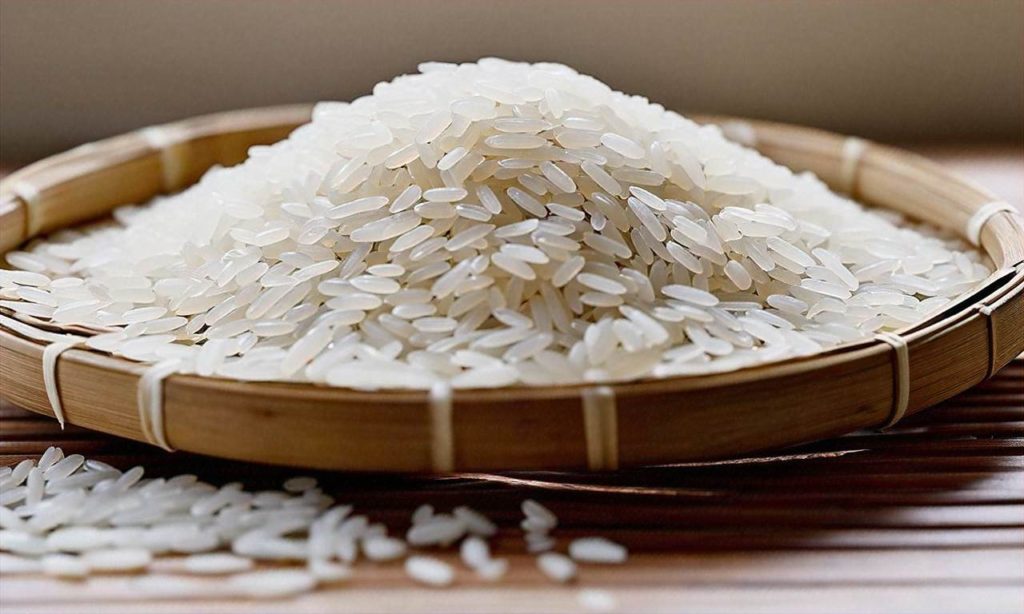
Rice as a Metaphor in Asian Languages and Literature
Rice holds deep cultural and historical significance across Asia, so it is no surprise that this staple crop has permeated the languages, art, and literature of many Asian cultures. Metaphors using rice can reflect everything from the agricultural lifestyle of traditional village communities to spiritual concepts.
In the Chinese language, the phrase “food is heaven for people” shows how vital rice is for survival. Rice was so revered in ancient China that the written Chinese character for foodcontains the character for rice. Another Chinese idiom playing on the word for cooked rice is “fan gao zhao chi,” or “rice just cooked is tastiest hot.” This says that experiences are best appreciated when fresh.
The Cultural Significance of Rice in Asian Cuisine is also seen in how rice metaphors sprinkle spiritual Chinese texts. The Tao Te Ching classic uses rice as an example that “the greater the wastage, the more it lasts.” Here, rice illustrates the paradoxical durability of what appears abundantly wasteful. Rice is also found in Buddhist texts, like a Zen poem stating, “I eat rice, I chew on rice; day and night, it’s all I think about.” Something constantly consumed becomes fully integrated into one’s consciousness.
In Japanese, the phrase “gohan ga eba” translates to “as long as we have rice.” It expresses that having sustenance for survival is most vital. A common greeting is “okawari kudasai,” or “please, have another helping (of rice).” This shows the cultural emphasis on hospitality and ensuring guests have enough nourishment from the staple food, rice.
Rice as a Metaphor in Asian Languages and Literature also manifests in South Asian cultures. A Nepali proverb says “Bhat khanu swarga jaanu,” comparing eating Rice to going to heaven. Across Indian literature, rice symbolizes fertility and prosperity. One Bengali idiom is “bhat payesh,” meaning “rice and sweets.” It signifies celebrating something special. Another Indian saying is “bhat bina na rah sakay ko,” emphasizing life’s dependency on rice.
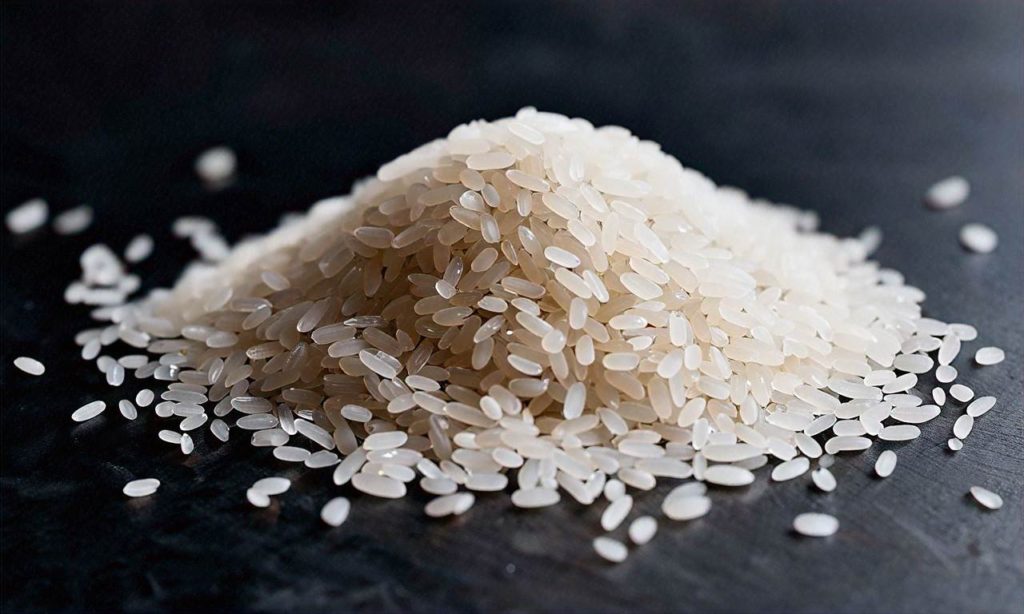
Southeast Asian cultures also integrate rice metaphors into language and lore. In Thailand, the phrase “kin khao” meaning “eat rice” signifies making a living. As home to rice agriculture, Thailand deeply ties income to the staple food. There is also the story of “mae posop,” the rice goddess revered for the veggie that sustained villages in ancient Thailand.
In the Filipino language, the idiom “bigas hindi mais,” or “rice not corn,” means sticking to preferences and familiar staples one is used to. This shows Rice in Asian cuisine is integral to cultural identity. Another Filipino idiom playing on their word for cooked rice, “kanin,” is “sandali lang, kanin pa,” meaning “just wait, the rice isn’t done yet.” This ties patience to waiting for meals.
Across Asian languages, rice metaphors reflect key aspects of Asian culture and philosophy. As a widespread crop woven into the fabric of Asian life, rice permeates the very linguistic expressions used to communicate perspectives on life, food, spirituality and prosperity in Asia. The deep cultural imprint of this grain across Asian cultures and languages is a testament to The Cultural Significance of Rice in Asian Cuisine.
The Significance of Rice Agriculture in Asian Economies
Rice is more than just a staple food across Asia – it is deeply intertwined with the region’s economies as well. As one of the most widely grown crops in Asia, rice cultivation, trade, and industry employ millions of workers and generate billions in revenue annually.
In countries like China, India, Indonesia, Bangladesh and Vietnam, rice is the most important crop grown. Hundreds of millions of smallholder farmers rely on growing rice to feed their families and earn their livelihoods. Rice agriculture employs a significant percentage of the labor force in many Asian countries. For example, more than 50% of the workforce in Laos, Cambodia and Myanmar work in the rice sector.
The scale of production also makes the rice industry crucial for Asia’s economies. Asia accounts for 90% of global rice production, with China and India alone producing over half of the world’s rice. Such high volumes make rice one of the biggest agricultural commodities in the region. For instance, rice exports earn Indonesia $1.5 billion annually as one of its top five exports. Meanwhile, Thailand and Vietnam are the world’s leading rice exporters, with the crop comprising up to 4% of Thailand’s total GDP.
Beyond direct cultivation and exports, the rice industry supports millions of livelihoods across its value chain from farm to table. These include traders, mills, food producers as well as supporting industries in research, machinery and logistics among others. The wider economic impact makes the rice sector a priority for many Asian governments. For this reason, countries actively invest in improvements in rice farming productivity and techniques as well as infrastructure supporting cultivation, storage and transport of rice.
Rice is deeply ingrained into Asia’s culture, diets and now its economies. With rice poised to remain a dietary staple feeding billions in the region, the crop will continue fuelling Asia’s agricultural engine for the foreseeable future. Sustained investments and innovations to help rice farmers improve productivity and resilience will be vital to ensure stable supplies and livelihoods across Asia where rice is life for so many.
Innovations in Rice Farming and Production in Asia
Rice has been a staple crop in Asia for thousands of years, and innovations in its farming and production have been crucial for feeding the continent’s large populations. Asia is home to over half of the world’s rice production, so advances here have global significance.
One major area that has seen innovations is rice breeding and genetics. Scientists across Asia are developing new rice varieties that can withstand threats like drought, floods, and diseases. For example, the International Rice Research Institute in the Philippines has created rice strains like Scuba Rice that can survive underwater for up to two weeks. This helps farmers in flood-prone areas. Researchers in Thailand, Vietnam, and India have also bred special drought-resistant or salt-tolerant strains for farmers in affected regions.
Asia has also made advances in rice cultivation methods and technology. Transplanting seedlings by hand is labor-intensive, so machine transplantation has become more common across Asia, especially in Japan, Korea, and China. This automation saves time and labor. Precision agriculture tools like drones, sensors, and GPS mapping help farmers target inputs and resources more efficiently as well. For example, drones can map paddy fields to identify dry patches that need irrigation or weeds that require treatment.
Many Asian countries have also improved their rice processing technologies after harvest. Modern rice mills use rubber rollers, lasers, and optical sorting to increase milling efficiency and produce higher quality grains. Countries like Thailand, Vietnam, and India have invested heavily in upgrading rice milling equipment in recent years.
Finally, new innovations are also coming in the packaging and distribution of rice in Asia. To reduce food waste, companies in Japan, Korea, and China are developing smart packaging that determines freshness and expiry dates. Mobile apps and supply chain tracking technology also help connect rice farmers directly to consumers.
While rice has always been important to Asian cultures, new innovations continue to emerge across the continent. From high-tech rice breeds to automated farming methods to improved processing technologies, Asia continues to advance rice production. These innovations will be vital for meeting the food demands of Asia’s growing population in a sustainable manner. Rice is projected to remain a staple crop in the region, both culturally and agriculturally, for the foreseeable future.
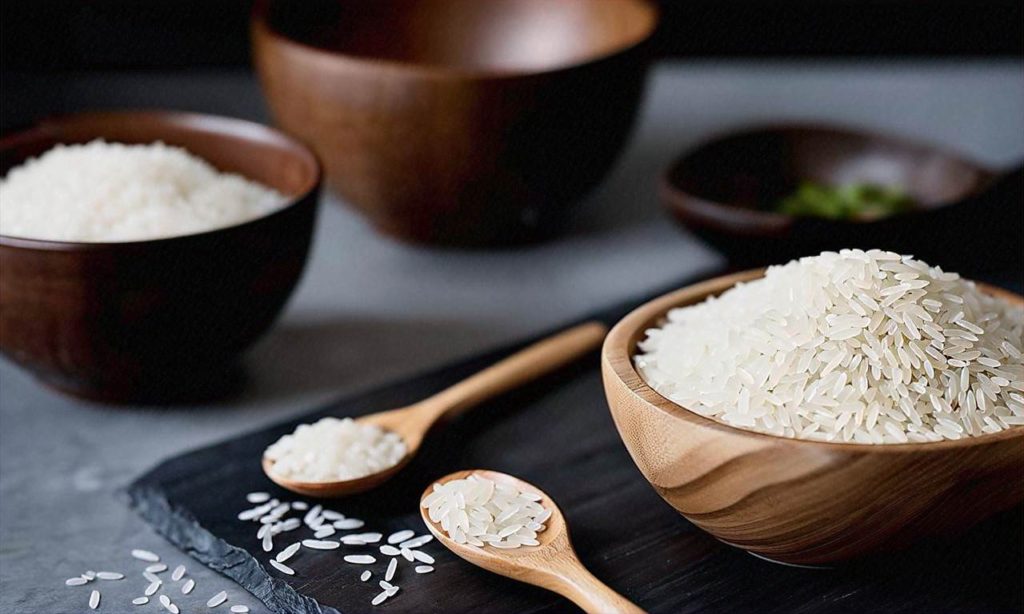
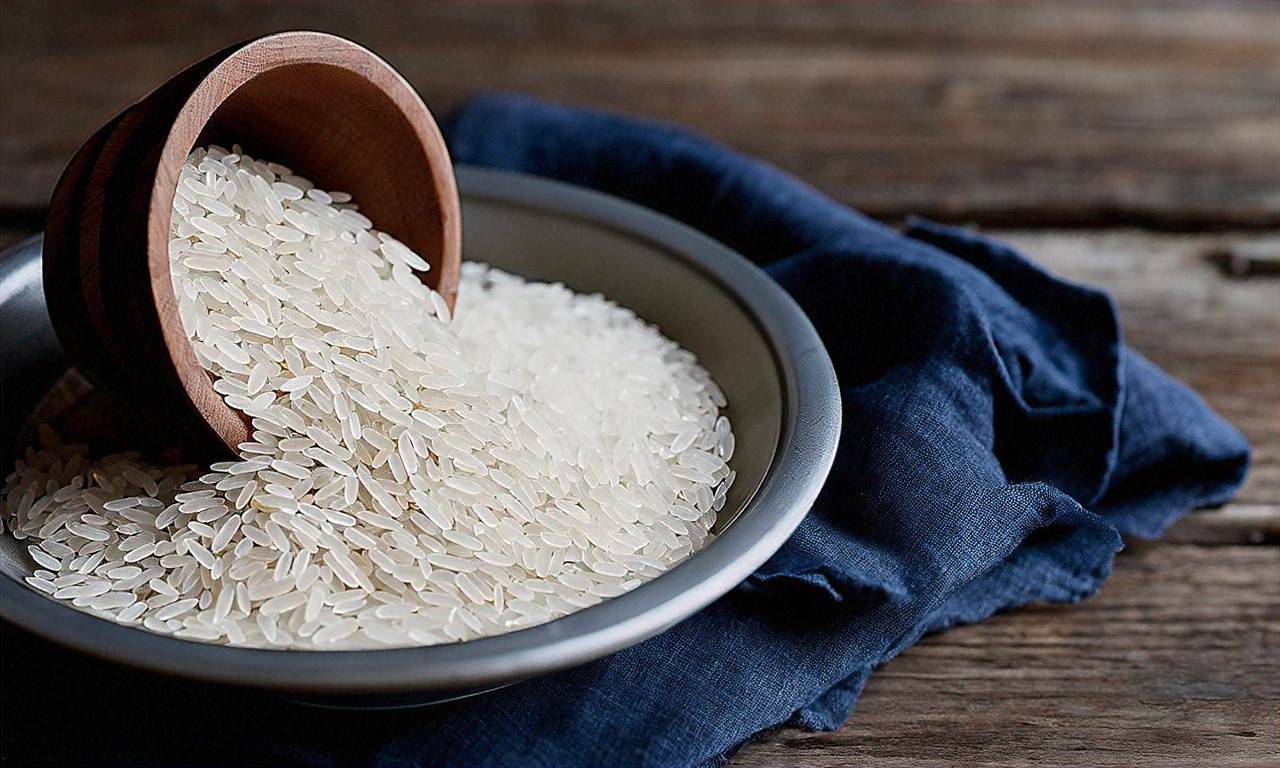
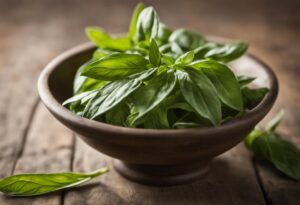


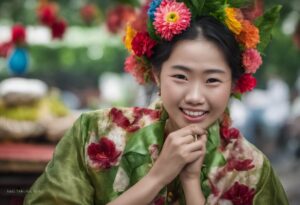
No comment yet, add your voice below!